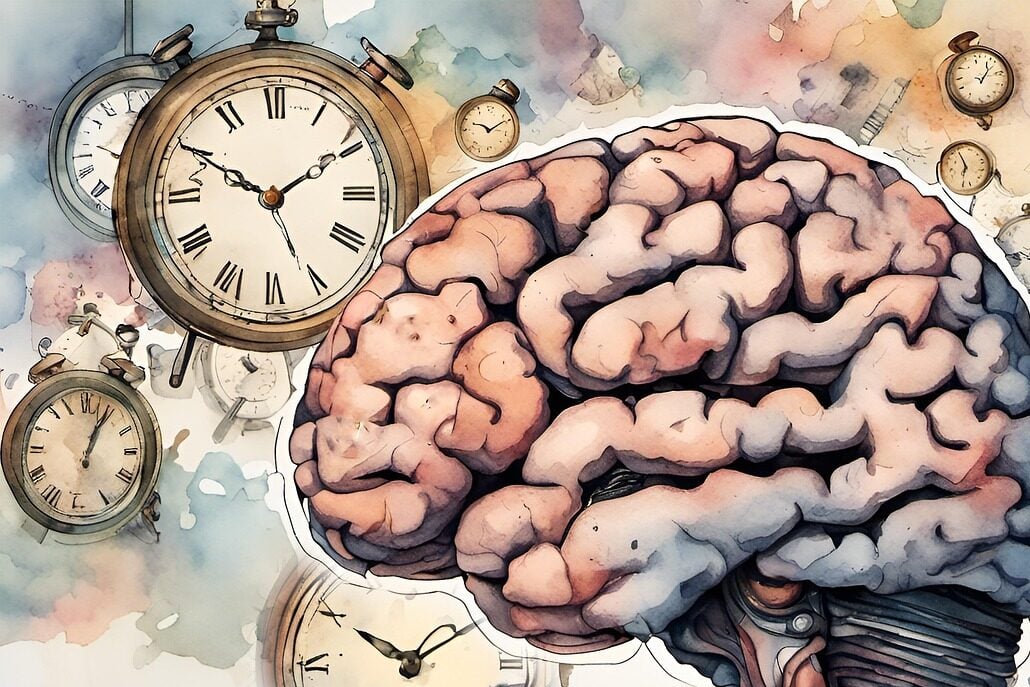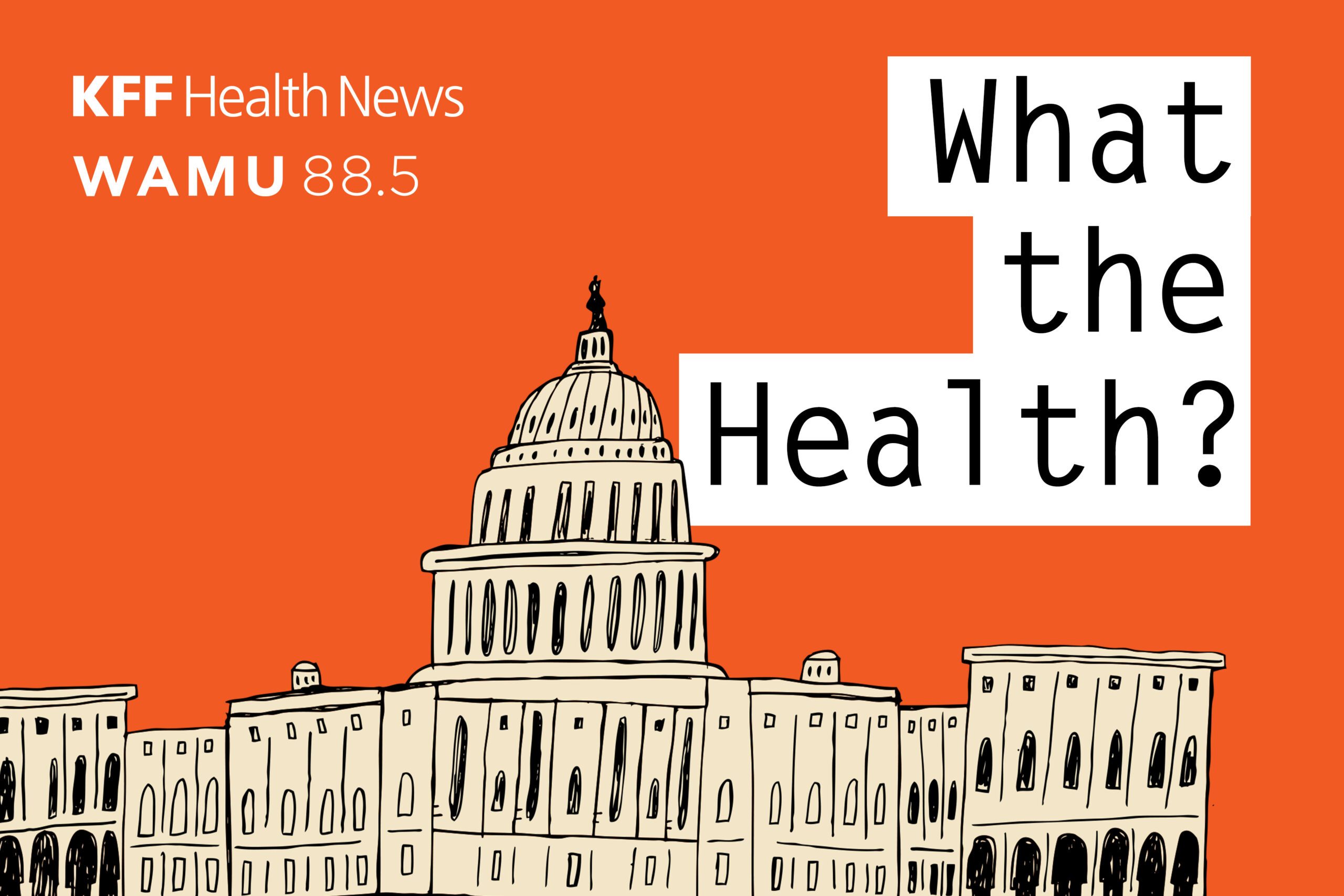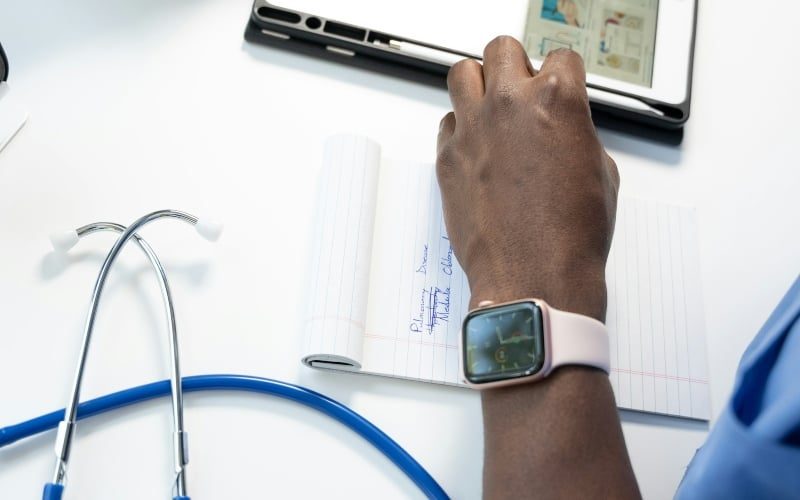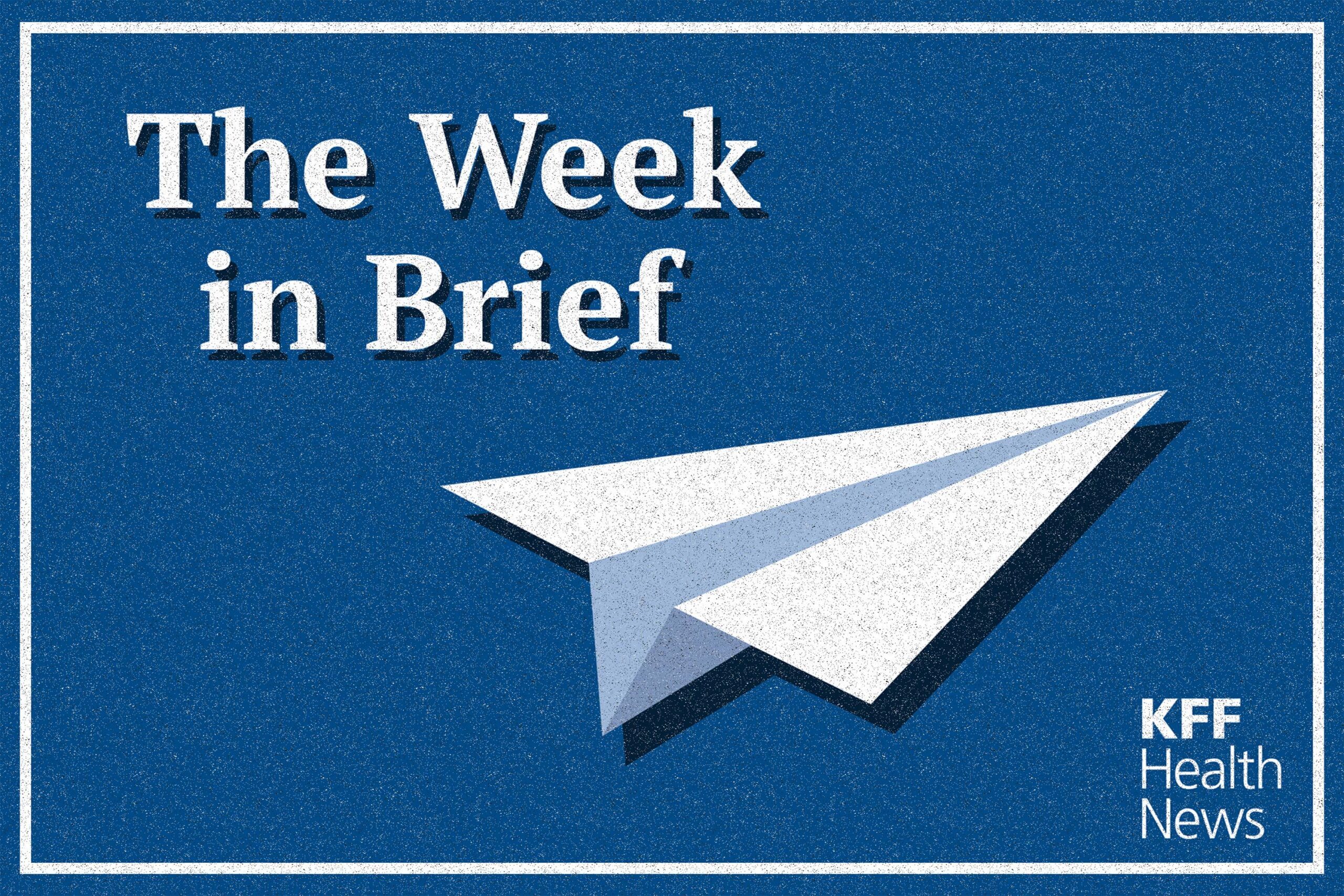By Keith Kobland – Syracuse U.
The findings of the study in the Journal of Psychiatric Research show that the pandemic’s mental toll impact extends beyond career burnout.
“While there has been a lot of attention paid to elevated symptom levels indicative of a clinical diagnosis, little attention has been paid to subclinical symptom levels,” says lead author Bryce Hruska, assistant professor of public health in the Falk College at Syracuse University.
Subclinical (or subthreshold) symptoms refer to psychiatric symptoms—PTSD symptoms in the case of this study—that are not severe enough to be considered indicative of a clinical diagnosis.
Hruska and his collaborator, Maria Pacella-LaBarbara at the University of Pittsburgh, examined the prevalence and significance of subthreshold PTSD symptom levels (known as PTSS) in frontline health care workers responding to the pandemic nearly one year after it started, from December 2020 through February 2021. Data from this study were collected from emergency health care workers located primarily in western Pennsylvania and surrounding areas.
“This is an important study that captures what frontline health care workers were experiencing during the pandemic’s second wave and continue to experience as COVID approaches the start of its fourth year in the US. It could not have been possible without the work of many people, including other researchers and medical personnel who assisted with ensuring that these workers’ experiences were represented,” says Hruska.
“In fact, we found that while 5.5% of the health care workers in our sample met criteria for probable PTSD, over half (55.3%) experienced subthreshold symptoms,” he says. “Even though they weren’t reporting symptoms indicative of a clinical diagnosis of PTSD, these workers were still feeling its effects.”
Researchers found that workers experiencing these symptoms levels reported:
- 88% more physical health symptoms (e.g., constant fatigue, weight change, low energy, headache)
- 36% more sleep problems (e.g., daytime sleepiness, difficulty getting things done) than health care workers not experiencing any PTSD symptoms
“This is a big oversight because these subthreshold symptom levels are common and often confer risk for other health problems,” says Hruska, who explains that these subthreshold symptoms are often overlooked. That in turn leads to increased risk for subsequently experiencing clinical symptom levels when another significant trauma, such as the current rise in COVID cases, is experienced.
“Thus, while the world tries to move on from the pandemic, our health care workers continue to face a significant mental health risk with every surge in cases, as is happening now,” Hruska says.
Source: Syracuse University
Original Study DOI: 10.1016/j.jpsychires.2022.12.045
—
This post was previously published on FUTURITY.ORG and is republished here under a Creative Commons license.
***
You may also like these posts on The Good Men Project:
 White Fragility: Talking to White People About Racism
White Fragility: Talking to White People About Racism  Escape the “Act Like a Man” Box
Escape the “Act Like a Man” Box  Why I Don’t Want to Talk About Race
Why I Don’t Want to Talk About Race  What We Talk About When We Talk About Men
What We Talk About When We Talk About Men Join The Good Men Project as a Premium Member today.
All Premium Members get to view The Good Men Project with NO ADS.
A $50 annual membership gives you an all access pass. You can be a part of every call, group, class and community.
A $25 annual membership gives you access to one class, one Social Interest group and our online communities.
A $12 annual membership gives you access to our Friday calls with the publisher, our online community.
Register New Account
Log in if you wish to renew an existing subscription.
Username
First Name
Last Name
Password
Password Again
Choose your subscription level
- Yearly - $50.00 - 1 Year
- Monthly - $6.99 - 1 Month
Credit / Debit Card PayPal Choose Your Payment Method
Auto Renew
Subscribe to The Good Men Project Daily Newsletter By completing this registration form, you are also agreeing to our Terms of Service which can be found here.Need more info? A complete list of benefits is here.
—
Photo credit: iStock.com
The post Frontline Health Workers Suffer Pandemic’s Mental Toll appeared first on The Good Men Project.
Original Article










